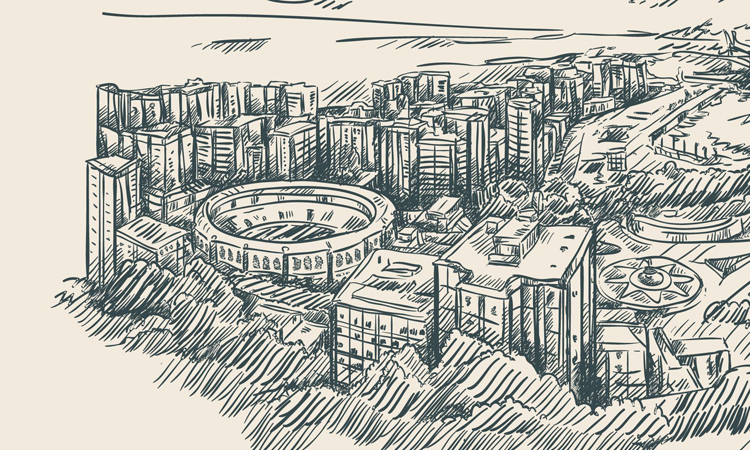
Urban planning answers questions about how people will live, work and play in a given area and thus, guides orderly development in urban, suburban and rural areas.Although predominantly concerned with the planning of settlements and communities, urban planners are also responsible for planning the efficient transportation of goods, resources, people and waste; the distribution of basic necessities such as water and electricity; a sense of inclusion and opportunity for people of all kinds, culture and needs; economic growth or business development; improving health and conserving areas of natural environmental significance that actively contributes to reduction in CO2 emissions as well as protecting heritage structures and built environments. Urban planning is a dynamic field since the questions around how people live, work and play changes with time. These changes are constantly reflected in planning methodologies, zonal codes and policies making it a highly technical, political, social, economical and environmental field.
Urban planning is an interdisciplinary field that includes civil engineering, architecture, human geography, politics, social science and design sciences. Practitioners of urban planning are concerned with research and analysis, strategic thinking, Engineering architecture, urban design, public consultation, policy recommendations, implementation and management. It is closely related to the field of urban design and some urban planners provide designs for streets, parks, buildings and other urban areas.[6] Urban planners work with the cognate fields of civil engineering, landscape architecture, architecture, and public administration to achieve strategic, policy and sustainability goals. Early urban planners were often members of these cognate fields though today, urban planning is a separate, independent professional discipline. The discipline of urban planning is the broader category that includes different sub-fields such as land-use planning, zoning, economic development, environmental planning, and transportation planning. Creating the plans requires a thorough understanding of penal codes and zonal codes of planning.
